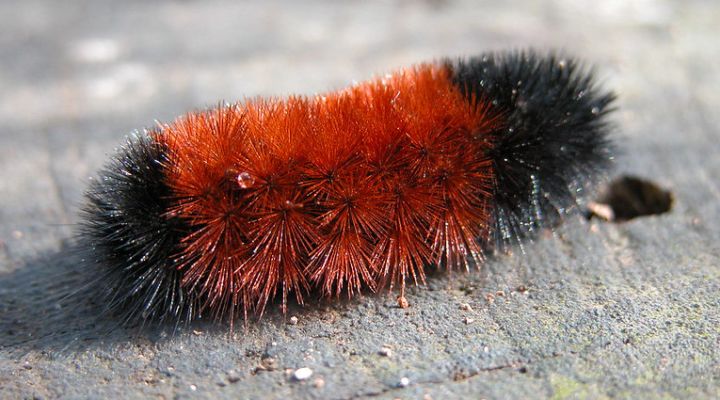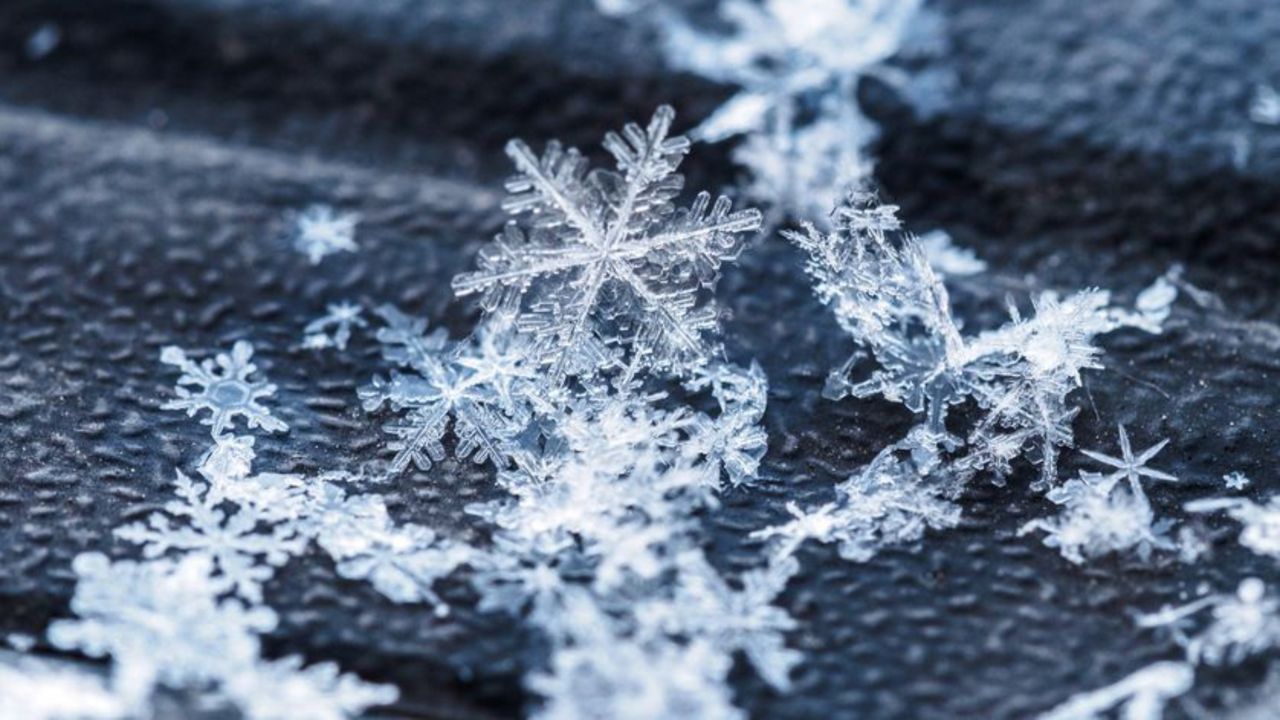The legend of the wooly caterpillar isn’t exactly something you learn about in meteorology school. That being said, some people, in particular local farmers, swear that there is some truth to the folklore.
If you are unfamiliar, the story goes like this.
People believe that the amount of black on the wooly bear caterpillar in autumn is the telling of the severity of the coming winter. The longer the black bands are on the caterpillar, the longer, colder, snowier, and more severe the winter will be.
Similarly, the wider the middle brown band is, the milder the upcoming winter will be.
The rumor that the wooly bear caterpillar can predict winter started back in 1948. According to the National Weather Service, Dr. Howard Curran did a small study in Bear Mountain, New York. He brought a reporter with him to broadcast his findings.
He studied 15 caterpillar's striping and predicted what the upcoming winter would be. The story was picked up by the national press, and its popularity grew from there.
Although, in some years there may have been correlations. It has been proven that these caterpillars do not have forecasting ability.
The wooly bear caterpillar's color comes from the age of the caterpillar, the specific species, and what it has been feeding on to prepare for the long winter. The size and color have been known to indicate what has happened in the past season.
If the feed up until fall has been good, the narrower the rust color in the middle of the caterpillar will be.
Whether or not you believe is up to you. Either way, looking for these furry creatures in fall is fun!









